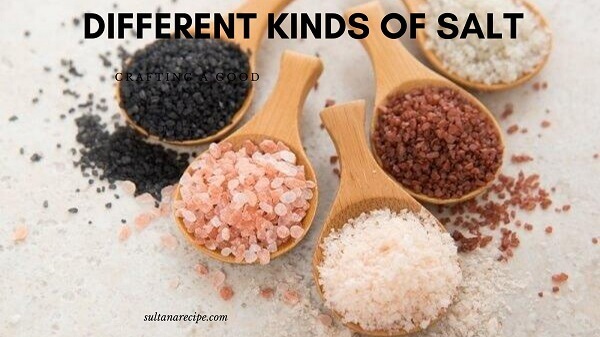Last Updated on November 19, 2021 by Sultana Parvin
Salt is surely one of the most important ingredients used in cooking. It is the key part of every meal. Any food without salt tastes bland and flavorless. Along with adding saltiness, it enhances the flavor of the food. There is a total of five senses and saltiness is one of them. It is not just a source of adding saltiness but also adds minerals to the food that’s why it needs to be chosen well. For this, you need to have knowledge about the different types of salts available in the market.
All the salts have the same chemical composition and are made of sodium and chloride but the main difference lies in the source and method of extraction, nutritional value, and texture. By knowing all these facts you will be able to choose the best type of edible salt for consumption.
Table of Contents
Keep on reading to find out different salt and their nutritional value:
Table Salt:
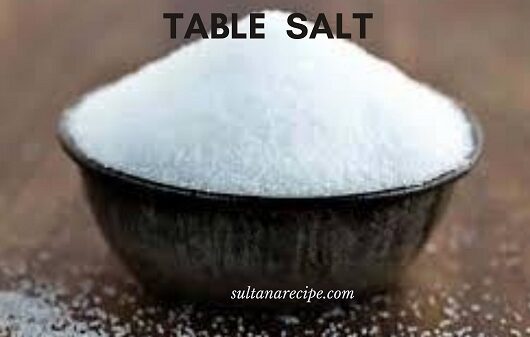
This is the most widely used, highly refined and processed form of salt. It is easily available in the market at a very low price as compared to other salts that’s why people mostly choose this without much thinking.
It has a pure white color which is due to bleaching. This goes through rigorous processing that removes so many useful compounds making it less nutritious. It also contains additives and anti-caking agents that make it less healthy.
Several studies show that a lot of health risks arise due to the use of this overly refined salt.
Many people use iodized salt to fulfill the iodine requirement that helps in preventing thyroid gland and goiter problems. This is basically the table salt in which iodine is added externally.
Himalayan Salt:
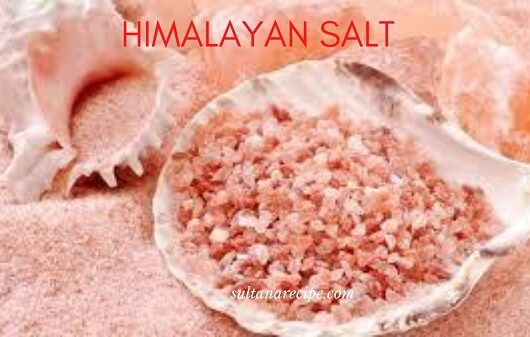
This pink salt with orange hues is known to be the unadulterated form of salt. Unlike table salt, it does not go through any processing, bleaching, or refining which retains its natural color and mineral content.
It is picked by hand from salt mines and reaches the consumers in its raw natural form. It is extracted in the form of rocks which are then ground to different sizes according to the needs of the consumers.
Himalayan pink salt is said to contain 80+ minerals and elements in trace quantity which adds to its nutritional value. Many claims that it helps in maintaining body pH level, sugar level, and electrolyte balance. Its claim of being a healthy salt has made it very popular in the food industry. It is very useful in many ways, such as edible, bath, and salt lamp.
Black Salt:
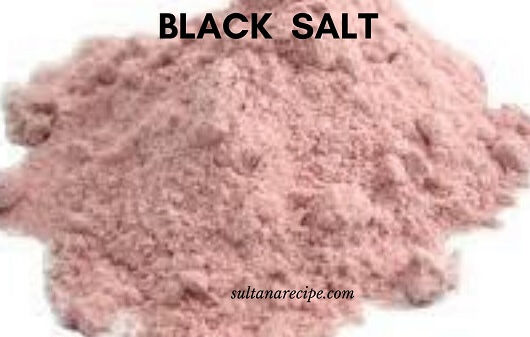
It is also known as rock, bit, or sendha salt. It is extracted from salt mines in the Himalayan mountain ranges. Apart from containing sodium and chloride as the main constituents, it also contains sodium sulfate, sodium sulfide, hydrogen sulfide, and iron sulfide in trace quantity.
It also contains iron which gives it the reddish black color. It has a very strong bitter smell that distinguishes it from other salts. In South Asia, people have been using it in Ayurveda and cooking for centuries. It is one of the tried and tested natural cures of indigestion and heartburn. It is also very helpful in improving stomach function and decreasing bloating.
There is another form of black salt that is also called volcanic or lava salt. It comes from Hawaii. It gets its black color from activated charcoal present in it. It helps in food digestion and removing toxins from the body.
Kosher Salt:
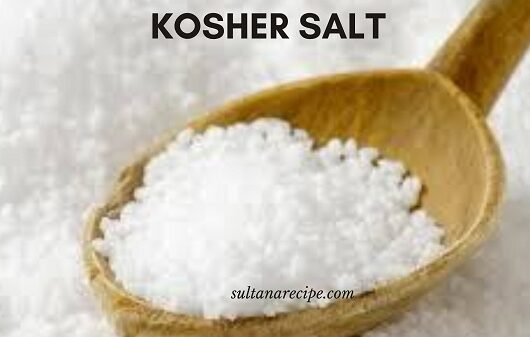
It has a granular coarse texture which adds crunch to different foods. It is mostly non-iodized and contains less sodium as compared to regular table salt. It enhances the flavor of different foods.
It is widely used for koshering because of its crystal size which helps in taking out the moisture from meat very easily.
Sea Salt:
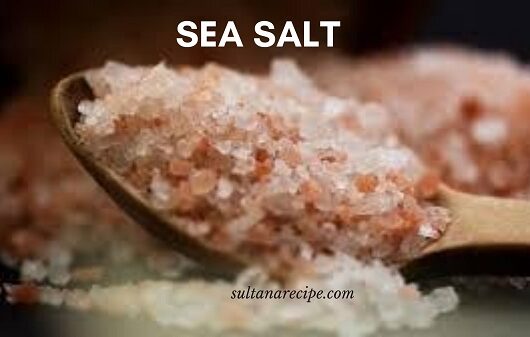
As the name suggests, it is obtained from seawater through evaporation. It may contain a trace amount of iodine as compared to iodized salt. It has both fine and coarse textures. It could be a great unrefined form of salt but due to water pollution, it has to go through refining but not as much as table salt. It is used in cooking and skincare due to its nutritional and beauty benefits.
Red Salt:
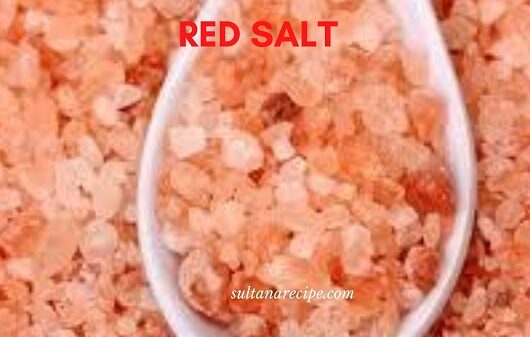
Hawaiian, red, or Alaea salt hails from Hawaii and its red color is due to the volcanic clay which gets mixed with the salt crystals after water evaporation. As it is a mixture of salt and clay so it contains the maximum amount of trace minerals present in any other salt. It contains a high content of iron so it could be perfect to add to the iron-deficient diet for anemic people.
Grey:
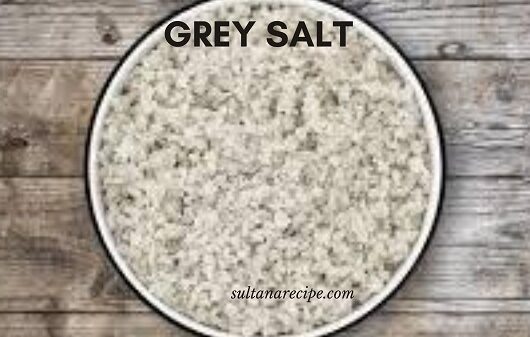
Also known as Celtic salt has a greyish color because of the clay and sand that create these salt crystals which are then handpicked from the Atlantic coast, Brittany, France. Due to this grey salt keeps the moisture in it. It has iron, calcium, zinc, and many other minerals that contribute to its nutrition.
Its health benefits are mostly similar to that of pink Himalayan salt. It helps in maintaining electrolyte balance, relieving muscle cramps. It is considered one of the finest quality salts that is why it is quite pricy.
Fleur De Sel:
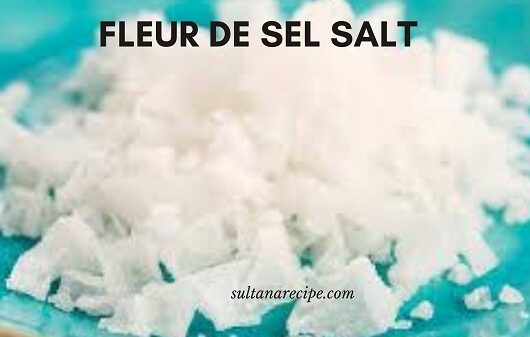
This flaky salt is also handpicked from the same French coat as grey salt. It is also a pure form of salt with a high concentration of minerals. This is light in texture but high in price and mostly used for food garnishing. It adds a very subtle flavor to the food.
Persian Blue:
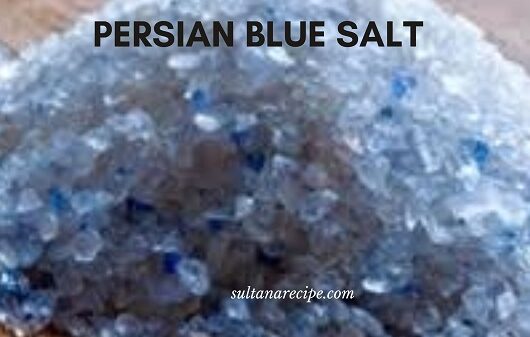
This exceptional salt originates from a salt lake located in Iran. Unlike other salts, its blue color is not due to minerals present in it but from the compression of the salt crystals over the years. It is also rich in minerals and has so many health benefits. Due to its rare nature, it is quite expensive.
Betty Gabriel (Author Bio)
Hi! There, I am Betty! A writer and blogger at https://www.thesaltvalley.com/. I mostly write about a healthy lifestyle and everything natural. My love for trying out new things is never-ending. My goal is to make my fellow humans aware of such natural things and help them in developing habits that can improve their everyday life. I’m on a mission to help people live sustainable, healthy life. Go Natural, Go Healthy!
